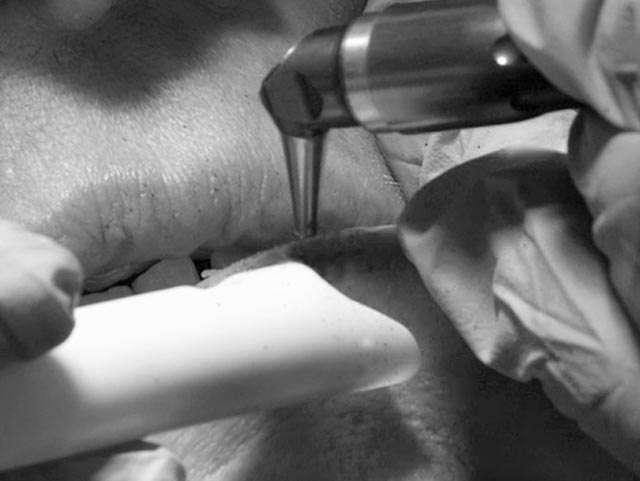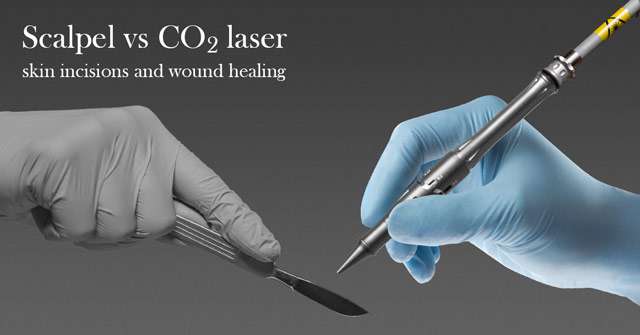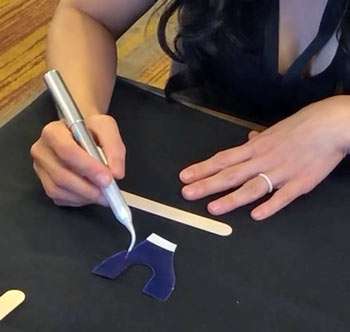Latest in Oral Laser Surgery
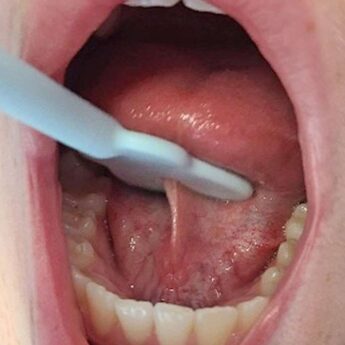
Tongue Tie Fascia Release with LightScalpel Laser – UPDATE
Dr. Dina Chehab used her LightScalpel CO2 laser to release a tongue tie with no bleeding and virtually no damage to surrounding tissues. The wound was left to heal by secondary intention. Here are the photos of this frenectomy immediately before, immediately after, 1-week after, and 1-month after the procedure.
Figure 1: Immediate pre-op
Figure 2: Immediate post-op
Figure 3: 1-week post-op
Figure 4: 1-month post-op
At the 1-month follow-up, the mother of the patient reports her daughter is no longer “fidgeting” and “restless.
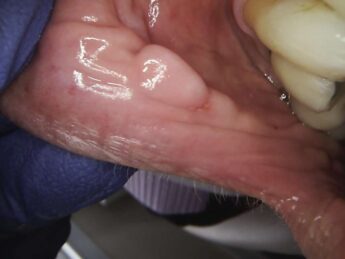
Lip Fibroma Laser Treatment
Dr. Martin Kaplan's patient, a 75-year-old female came to him with a small tumor on her lower lip. Dr. Kaplan diagnosed it as a fibroma and recommended it to be excised and biopsied. He used a LightScalpel CO2 laser to easily and bloodlessly excise the tissue. The excised tissue was then sent to a Pathologist for a histologic examination.

Dr. Cara Riek Fully Releases a Previously Incomplete Scissor Frenectomy Using a LightScalpel Laser
It is the opinion of many health care providers that all tongue-ties can be released with a "simple" single snip with scissors. However, in reality, that is often not the case. These "simple" snips can often leave behind a significant posterior tie that can still significantly interfere with breast and bottle feeding as well as lead to other adverse effects later in life.
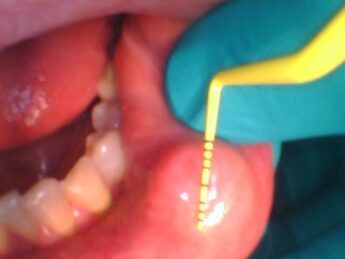
Dr. David Stall Removes a Lipoma Using a LightScalpel CO2 Laser
A patient came to Dr. David Stall because she wanted to have a sizable lesion on her lower left lip removed. She had seen an oral surgeon that discussed using a scalpel and making a football-shaped incision that would possibly pull on her lip when sutured. She wanted to avoid this. The patient's lesion seems firm but was raised, moveable, not painful, and she would often accidentally bite it.
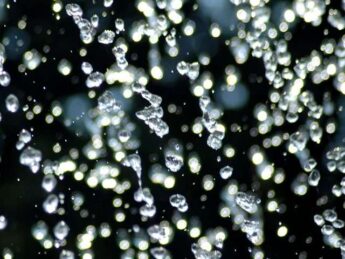
The safe removal of water spray dispersed laser plume is not covered by ANSI Z136.3 Standard for Safe Use of Lasers in Health Care (2018 Edition)
By Peter Vitruk, PhD, MInstP, CPhys
ANSI Z136.3 Standard for Safe Use of Lasers in Health Care () defines laser plume as one of the non-beam laser hazards since it contains viral, bacterial, and other cellular and aerosolized particulates, gaseous toxic compounds, etc. ANSI Z136.3 Standard also specifies safety measures to mitigate the laser plume hazards, i.
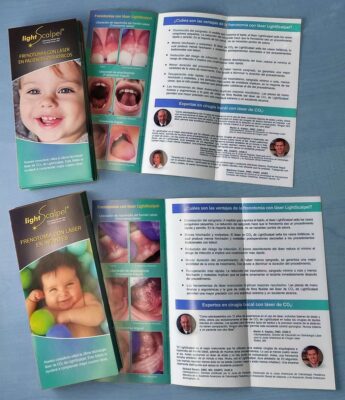
New Spanish Language Pediatric Dentistry Brochures
LightScalpel is pleased to announce new Spanish versions of our infant and pediatric frenectomy , "Frenectomía con Láser en Infantes" and "Frenectomía con Láser en Pacientes Pediátricos". These brochures are available to order and will be included with all new laser purchases. If you are interested in getting these brochures in your office, please contact us at (866) 589-2722 or visit
